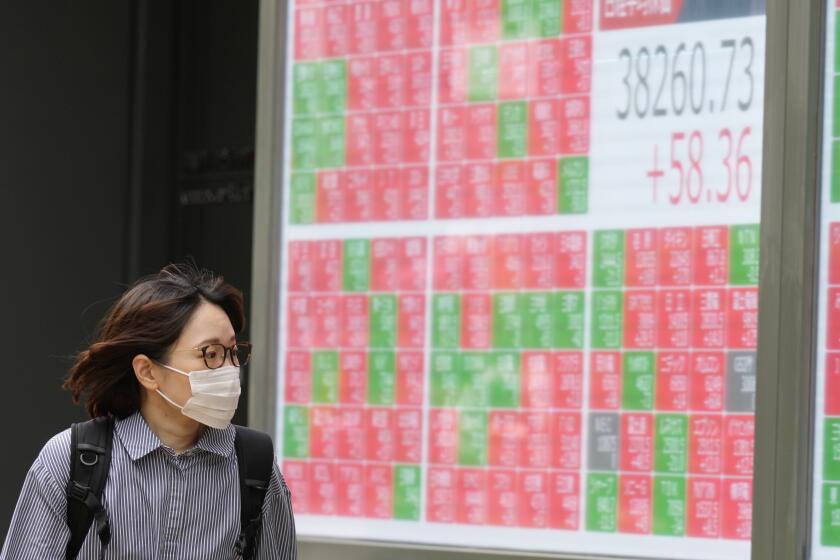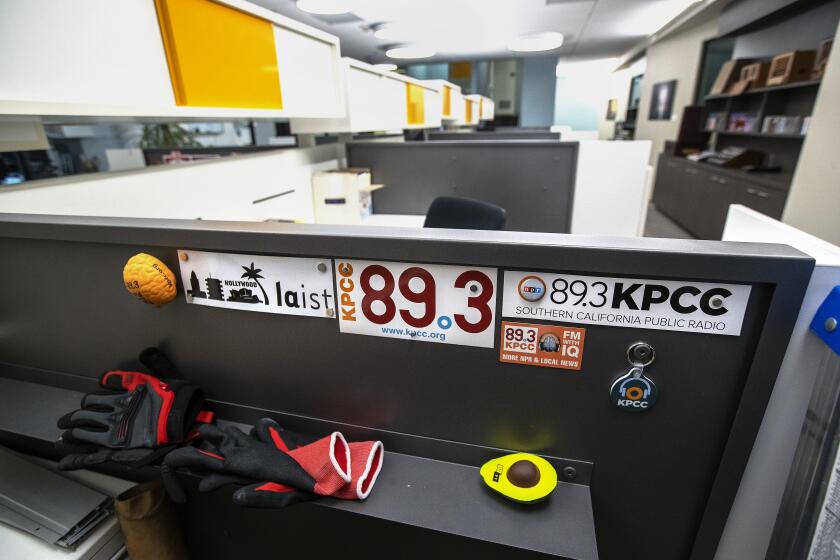Bernanke says further easing hinges on jobs
The Federal Reserve may try to push borrowing costs even lower if the job market continues to languish, Fed Chairman Ben Bernanke said on Thursday, offering a hint of what might trigger additional monetary easing.
After three quarters of solid growth, the U.S. economy has been losing steam, with firms still reluctant to hire and the housing sector seemingly unable to exit a prolonged rut.
Bernanke’s comments accompanied Labor Department data on Thursday showing new claims for state unemployment benefits spiked to 464,000 last week..
With fears of a “double-dip” recession mounting in recent weeks, Bernanke reassured lawmakers the Fed is prepared to take further steps if the situation worsens appreciably.
“We are ready and will act if the economy does not continue to improve, if we don’t see the kind of improvements in the labor market that we are hoping for and expecting,” Bernanke told the House of Representatives Financial Services Committee.
As he did before a Senate panel on Wednesday, Bernanke indicated the Fed does not expect the economy to stall, and therefore does not foresee any extra policy measures being needed.
Another top Fed official, New York Fed Bank President William Dudley, said on Thursday the U.S. economic recovery was “a bit bumpy,” with growth that is “far less robust” than the U.S. central bank wanted. However, he added that a renewed recession was not likely.
Even with interest rates effectively at zero, Bernanke argued there is more the central bank can do if needed to spur growth.
One possibility would be to lower the rate it pays banks to park excess reserves at the Fed, currently 0.25 percent. Asked by a legislator why the Fed continues to pay banks to keep their money idle despite weak lending conditions, Bernanke said cutting the rate carries risks.
“If rates go to zero there will be no incentive for buying and selling federal funds, overnight money in the banking system and if that market shuts down … it’ll be more difficult to manage short-term interest rates,” Bernanke said.
Other options for the Fed include bolstering its stated commitment to keep official rates low for an “extended period,” or purchase yet more debt, Bernanke said.
In addition to slashing interest rates to rock-bottom levels, the Fed bought more than $1.5 trillion in mortgage and Treasury securities in an effort to combat the deepest recession since the Great Depression.
On Wednesday, financial markets took a dive after Bernanke’s plans for additional monetary stimulus appeared more remote and theoretical than investors had expected. But by Thursday traders had forgotten all about that, with U.S. stocks rallying sharply on robust earnings reports and better economic news out of Europe.
Many analysts worry the Fed’s policy arsenal is too depleted to be of any major additional benefit to the economy.
But Bernanke said under conditions of greater financial turmoil, the impact of its remaining policy options might be significant.
“If financial conditions become more stressed, as would happen presumably if the economy began to weaken, I think those steps would be more effective relatively speaking,” he said.
With unemployment still hovering around 9.5 percent, one legislator accused Bernanke and the Fed of not doing enough to address the problem.
But Bernanke countered that the Fed had already done a lot.
“I absolutely agree with you that unemployment is the most important problem that we have right now,” Bernanke said. “What we can do is make financial conditions as supportive of growth as we can and we certainly are doing that.”
His testimony highlighted just how much of the Fed’s near-term policy path hinges on a labor market that has remained stubbornly stagnant despite a better economic backdrop.






